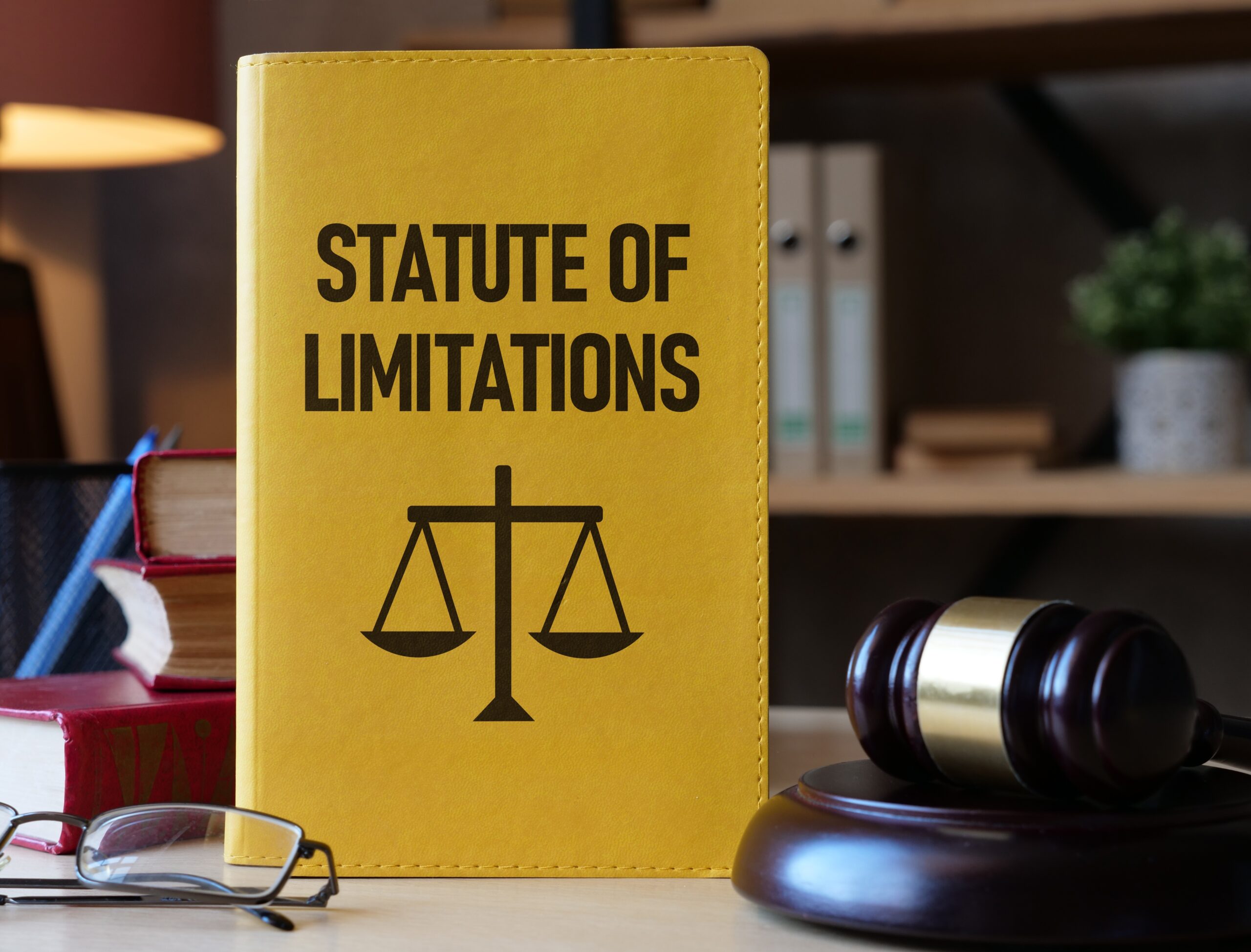
If you’ve experienced sexual abuse, you may wonder whether you can still seek justice, especially if the abuse happened years ago. A recent case, Jurnigan v. Byrum from the Virginia Court of Appeals, sheds light on how courts handle claims involving sexual abuse and the statutes of limitations that apply.
In this case, the plaintiff was a victim of childhood sexual abuse from 1993 to 2000. He filed a lawsuit in 2017, alleging negligence against the abuser and others who should have prevented the abuse. The defendants argued that the lawsuit was filed too late because Virginia law generally requires such cases to be brought within two years after the victim turns 18. The trial court agreed and dismissed the case.
However, on appeal, the court reversed the dismissal. Virginia law includes exceptions to the typical statute of limitations in cases of childhood sexual abuse. If a victim doesn’t know how the abuse caused their injuries until later in life, the clock may start ticking only when a licensed psychologist or similar professional explains the connection. For this plaintiff, that moment came during counseling in 2014, long after he turned 18.
This case demonstrates how complex the law around sexual abuse claims can be. If you were abused as a child but are only now realizing how it has affected you, it’s important to consult an attorney to explore your options. You may still have time to hold those responsible accountable, thanks to these legal exceptions.
The case also provides critical insights for attorneys into the procedural application of statutes of limitations for sexual abuse claims and the evidentiary standards for pleas in bar.
The issue was whether the statute of limitations under Va. Code § 8.01-249(6) barred the plaintiff’s claims. The statute allows the limitations period to commence upon the removal of infancy or, if the injury and its connection to the abuse were not known, when that connection is communicated by a licensed professional. The trial court dismissed the plaintiff’s claims, finding they accrued when he turned 18 because he never repressed memories of the abuse and was aware of its illegality.
The VCA reversed, emphasizing the procedural misstep of granting the plea in bar without conducting a hearing ore tenus when material factual disputes existed. The plaintiff presented evidence that he did not understand the causal connection between the abuse and his psychological injuries until he sought counseling years later. The appellate court concluded that resolving such factual disputes without live testimony was improper.
For practitioners, this case highlights two critical takeaways:
- Accrual Interpretation: A nuanced understanding of “knowledge” under the statute is essential. The court reaffirmed that awareness of the abuse itself is insufficient; plaintiffs must know the connection between the abuse and their injuries.
- Procedural Requirements for Pleas in Bar: When material facts are disputed, courts must hear live testimony to resolve the issues. Defendants relying solely on documentary evidence risk reversal on appeal if disputes are not addressed properly.
This decision underscores the importance of thorough factual development and procedural rigor when navigating statutes of limitations in sensitive cases like these.

